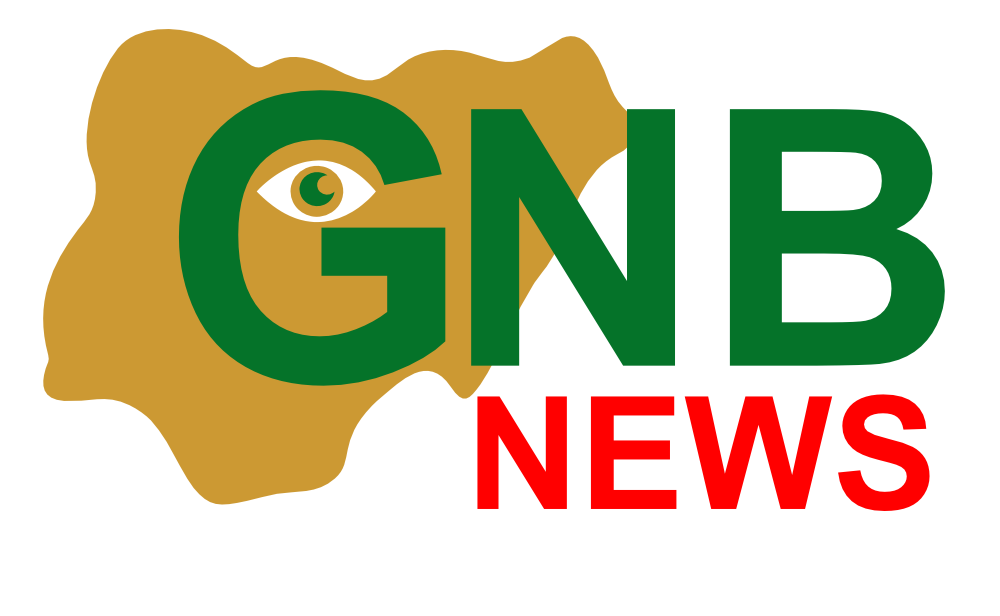The last full trading week in the month of August started on the Nigerian Exchange negative after witnessing a mixed trend and volatile Monday session, thereby extending the bearish run on a less-than-average traded volume and positive market breadth ahead of the expected release of interim dividend-paying banks’ scorecards and end of the month window dressing.
The selling sentiment at the closing bell was due to selloffs and profit booking in major sectors and high cap stocks like GTCO, Lafarge Africa, and others that suffered losses, amidst the continued portfolio repositioning and sector rotations, at a time crude oil price is rebounding in the international market. This is expected to impact the Nigerian equity market somehow because it will rub off on the Exchange’s oil and energy sector.
According to Agusto & Co’s Banking report, the COVID-19 pandemic brought about an extraordinary test for the global community, even as the global COVID mortality rate stands at about 2.2%, while casualties increased from less than 3,000 in December 2019 to about 3.9m as at 30 June 2021. Nigeria’s mortality rate stood comparably lower at about 1% as of the same period. However, the local economy had its fair share of pandemic-related adversities.
However, leveraging on lessons from the 2016/2017 economic recession, the Nigerian banking industry was better prepared in 2020. Proactive measures in the form of forbearance granted by the Central Bank of Nigeria CBN), enabled banks to provide temporary and time-limited restructuring of facilities granted to households and businesses severely affected by COVID-19. There was generally a cautious approach to lending in the Industry, given difficulties in the operating environment. Although gross loans and advances grew by 12%, loan growth was negative when the 19.3%-naira devaluation is considered. Underpinned by the forbearance and proactive measures adopted by banks, the NPL ratio improved to 6.6% (FYE 2019: 7.6%).
The reliability of business continuity measures was tested in 2020, considering the movement restrictions that lasted for months. Most banks showed resilience through innovative measures including remote work arrangements and upgrade of network infrastructure to accommodate higher traffic on digital channels. These arrangements also provided support during the mandatory curfew elicited by the civic unrest that followed the #EndSARS protests in October 2020. Indeed, the pandemic brought to the fore, technology’s crucial role in deepening financial services as some banks recorded as much as a 50% increase in digital banking transaction volumes.
Technically, market pullback or correction at this point is normal and creates opportunities to buy low ahead of Q4, which 20-year data research has shown to be the most active quarter of the year due to year-end seasonality and policy formulation ahead of the new year. Month-end window dressing and the quality of interim dividend-paying banks’ earnings will determine how far the benchmark index will go from here, considering the level of traded volume, positive broad market, and mixed indicators which suggest that investors and traders are still playing with caution.
Meanwhile, Monday’s trading opened slightly on the upside before oscillating on selloffs and position taking in high and low cap stocks which pushed the benchmark index to an intraday low of 39,424.95 basis points, from its highs of 39,494.93bps. Thereafter it closed below the opening points at 39,434.69bps.
Market technicals were mixed as the volume traded was lower than that of the previous sessions in the midst of breadth favouring the bulls on selling pressure as revealed by Investdata’s Sentiment Report showing 86% ‘sell’ volume and 14% buy position. Total transaction volume index stood at 0.91 points, just as the impetus behind the day’s performance was relatively strong, with Money Flow Index reading 57.87points, from the previous day’s 65.25 points, an indication that funds left the market.




